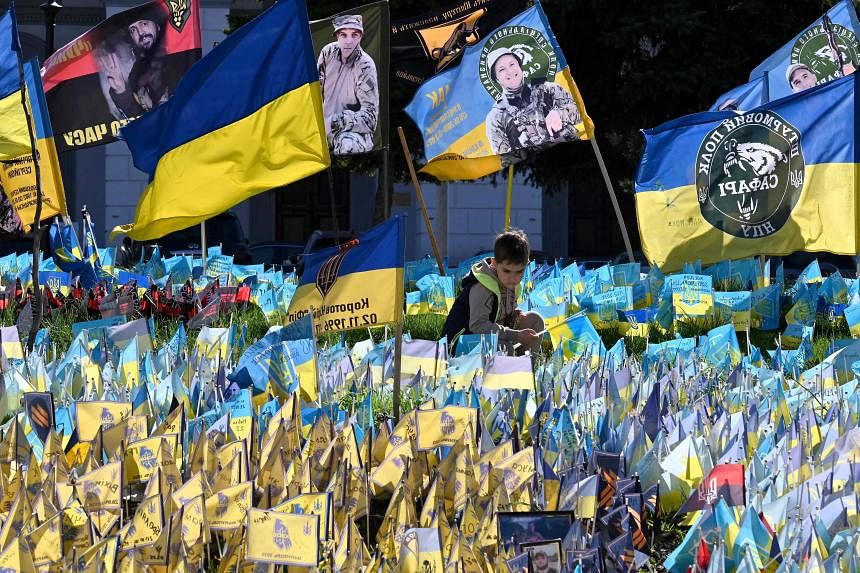WASHINGTON – Finance leaders from the Group of Seven (G-7) industrial democracies on April 17 condemned Iran’s attack on Israel and pledged to continue work on “all possible avenues” to harness frozen Russian sovereign assets to aid Ukraine.
In a joint statement issued after a meeting, the G-7 finance ministers and central bank governors said they would “ensure close coordination of any future measure to diminish Iran’s ability to acquire, produce or transfer weapons to support destabilising regional activities”.
The ministers met on the sidelines of the International Monetary Fund and World Bank spring meetings in Washington and said they view risks in the global economy as “more balanced” amid recent resilience to multiple shocks, with inflation receding.
“Central Banks remain strongly committed to achieving price stability and will continue to calibrate their policies in a data-dependent manner. Price and financial stability are a prerequisite for sustainable and balanced growth,” the G-7 officials said.
But the group said there were significant geopolitical risks to the outlook, primarily from Russia’s war in Ukraine and conflict in the Middle East, which “could affect trade, supply chains and commodity prices”.
The G-7 finance officials said they were strongly committed to help Ukraine meet urgent short-term financing needs as it struggles against Russia’s invasion, including harnessing extraordinary revenues stemming from frozen Russian assets.
“We reaffirm our determination to ensure that Russia pays for the damage it has caused to Ukraine. Russia’s sovereign assets in our jurisdictions will remain immobilised until then, consistent with our respective legal systems,” the G-7 officials said.
The statement did not include a specific plan for the assets, but said they would “continue working on all possible avenues by which immobilised Russian sovereign assets could be made use of to support Ukraine” with a view to presenting options to G-7 leaders at a June summit in Italy.
‘Work in progress’
Earlier on April 17, US Deputy Treasury Secretary Wally Adeyemo said the G-7 discussions on frozen Russian sovereign assets, estimated at about US$300 billion (S$408 billion), were still a “work in progress”.
Mr Adeyemo told an event hosted by the Semafor news outlet that finance ministers were doing technical work to come up with options that still include building a strong legal foundation for outright seizure of the assets.
“We’re talking through a number of different options. One of them is seizure, but another is collateralising, or even using the windfall profits or the interest from these assets to fund a loan,” he said.
Because the bulk of the assets are being held in Europe, it was important that the US work closely with European allies on the issue, Mr Adeyemo added.
French Finance Minister Bruno Le Maire said on April 17 that the G-7 needed to be in a position to harness the interest earned on the assets.
“These revenues are estimated between €3 billion (S$4.35 billion) to €5 billion per year, depending on the level of the interest rates,” he said.
“So our proposal is to better understand and better define how these €3 billion to €5 billion could be used over the next month to help Ukraine and to help the Ukrainian government. So let’s focus on that question.” REUTERS

